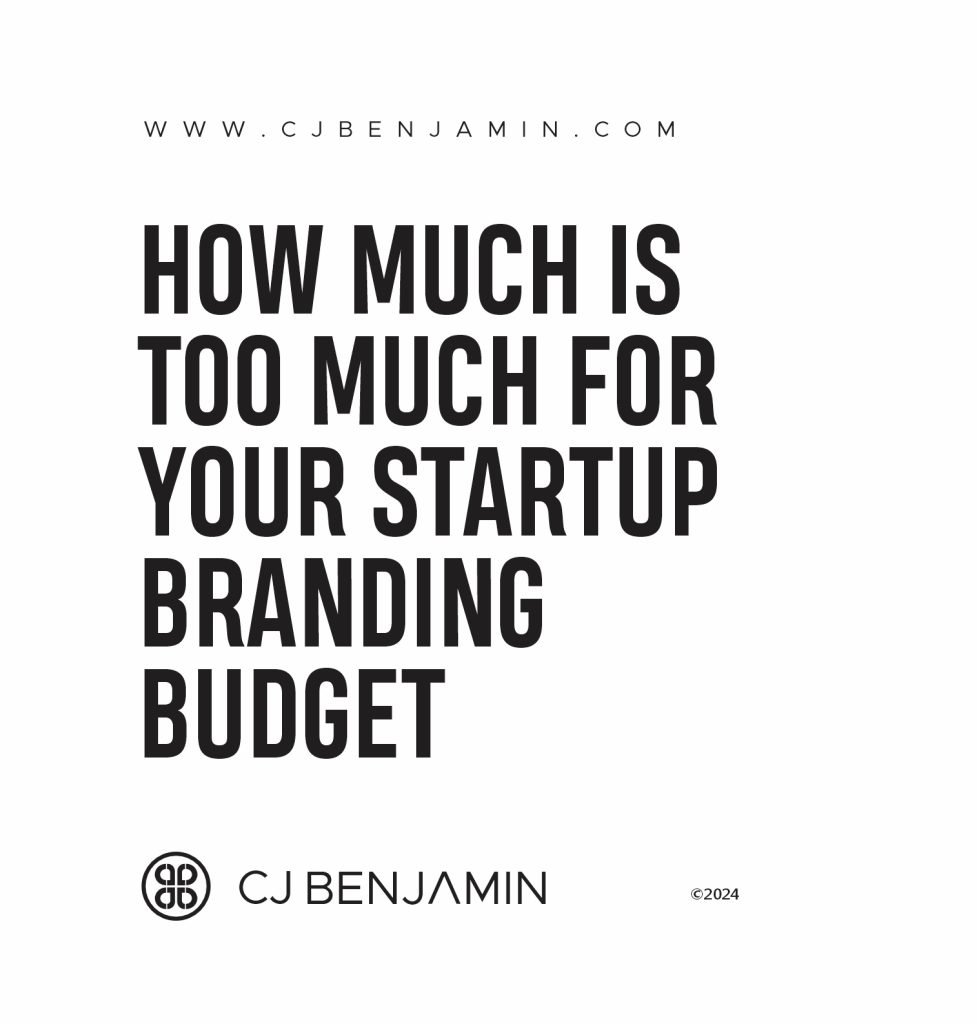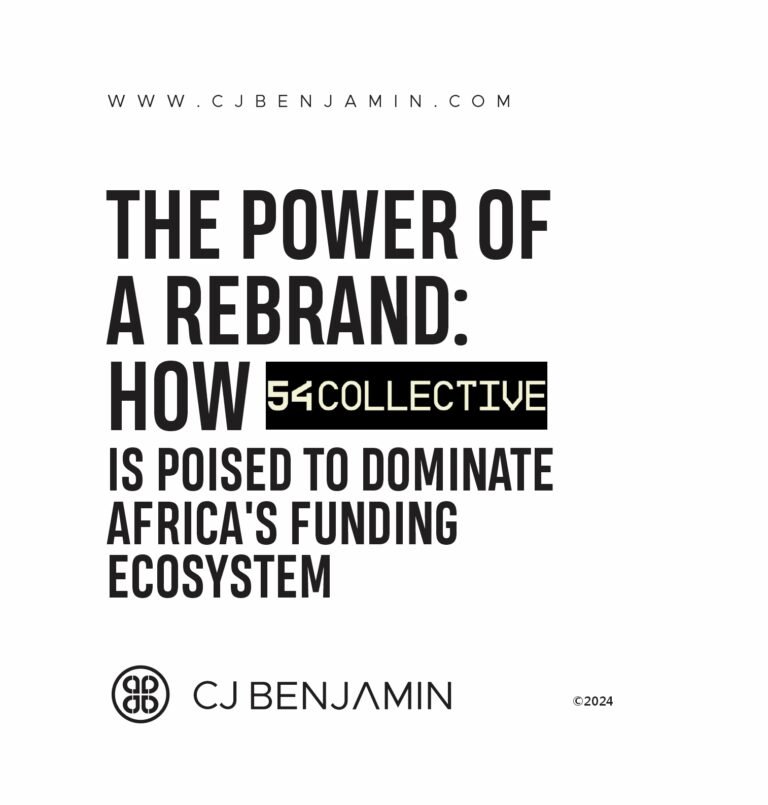Branding holds colossal significance for startups, serving as the cornerstone upon which they build their identity and market presence. For a nascent business, effective branding goes beyond mere aesthetics. It’s an all-encompassing strategy that can distinguish a startup from a sea of competitors, forge a loyal customer base, and cement a robust foothold in the marketplace.
At its core, branding encapsulates the essence of a startup, communicating its values, culture, and vision to potential customers. In a crowded market, where countless startups vie for attention, a well-crafted brand can serve as the distinctive factor that sets one apart from others. It creates a narrative that resonates with customers, imbuing the startup with a relatable personality and fostering lasting connections.
However, the journey to establishing a formidable brand is fraught with challenges, especially during the early stages. Startups typically grapple with limited resources, fierce competition, and the pressing need to optimize every expenditure. It’s a precarious balancing act that entails judiciously allocating funds to branding activities while ensuring other critical operations are not neglected. This conundrum highlights the importance of strategic branding efforts, which can yield significant dividends despite the constraints. Don’t want to continue reading? Start your branding project here or book brand consultation here
Moreover, an adept branding strategy can mitigate several hurdles that young startups encounter. It can help in attracting investors, as a compelling brand story often exudes credibility and potential. Effective branding also plays a pivotal role in customer acquisition and retention, as a well-crafted brand promise reassures customers of consistent quality and reliability. Ultimately, the fruits of branding extend beyond immediate recognition; they are manifest in a resilient brand equity that evolves and thrives over time.
As startups embark on the branding journey, the pivotal question remains: how much should they allot to their branding budget to accomplish these goals without jeopardizing other essential functions?
Components of a Branding Budget
Establishing a comprehensive branding budget is crucial for startups aiming to build an impactful market presence. A well-structured budget incorporates several essential components, ensuring that each aspect of branding is strategically developed and executed. Below, we outline the typical elements of a branding budget, elucidating their critical relevance to a startup’s overall brand strategy.
Logo Design: The logo serves as the visual cornerstone of your startup’s identity. Investing in a professional logo design is pivotal, as it reflects the brand’s ethos and sets the tone for all other branding efforts. An effective logo fosters brand recognition and can significantly influence consumer perception.
Website Development: In today’s digital age, a robust and user-friendly website functions as the primary touchpoint for potential customers. Allocating funds for website development ensures that your startup’s online presence is not only visually appealing but also optimized for functionality, user experience, and search engine visibility. A well-designed website can drive traffic, enhance credibility, and support overall business goals.
Marketing Materials: High-quality marketing materials, including brochures, business cards, and promotional items, are instrumental in disseminating your brand message. These materials should be consistent with your overall branding strategy, providing cohesive and professional representation at events, meetings, and other promotional activities.
Social Media Management: Effective social media management is integral to contemporary branding efforts. It facilitates direct engagement with your audience, promotes brand visibility, and aids in building a loyal customer base. Budgeting for social media involves content creation, scheduling, and analytics to ensure dynamic and targeted communication strategies.
Public Relations: PR activities help in establishing a reputable brand image through media coverage and public engagement. Investing in public relations can lead to valuable earned media, which boosts your brand’s credibility and visibility. PR efforts might include press releases, media kits, and networking with influencers and journalists.
In addition to these core components, other areas such as market research, brand strategy consulting, and customer experience optimization should also be considered in a comprehensive branding budget. Providing a holistic approach ensures that all facets of your startup’s identity are addressed, creating a cohesive and effective brand presence.
Determining Your Branding Needs
Assessing your startup’s specific branding needs is a pivotal step in the strategic allocation of your branding budget. Numerous factors come into play, ranging from the industry you operate in to your target audience, branding aspirations, and the current stage of your business. By methodically evaluating these aspects, you can construct a practical and effective branding strategy tailored to your startup.
Considering the industry you are in is essential. Each sector has its unique characteristics and competitive landscape. For instance, the branding approach for a tech startup will fundamentally differ from that of a retail or healthcare startup. Understanding the norms, customer expectations, and branding practices within your industry can guide your efforts and prevent costly missteps.
Identifying your target audience is another critical component. Looking into the demographics, preferences, and behaviors of your potential customers will enable you to design branding elements that resonate with them. But not to worry that’s what we do for startups. This process can be significantly enhanced through market research methodologies such as surveys, focus groups, and analysis of market trends. Tools like Google Analytics, social media insights, and customer feedback platforms provide valuable data to refine your understanding of your audience.
Your branding goals should also influence your branding expenditures. Whether you’re aiming to establish brand awareness, build loyalty, or reposition your brand, these objectives will dictate your strategic approach and budget allocation. Clear, measurable goals guide the process, ensuring resources are directed towards elements that impact your branding success.
Lastly, the stage of your business plays a crucial role in determining your branding needs. Early-stage startups may prioritize foundational branding elements like a logo, website, and initial marketing campaigns. In contrast, more established businesses might focus on brand refinement, expansion, and differentiation from competitors.
Various methods and tools can aid in understanding and assessing these needs. Competitor analysis offers insights into successful branding tactics within your industry, while customer feedback provides direct insights into consumer expectations and satisfaction. Utilizing these resources helps in creating a robust, informed branding strategy, allowing for judicious expenditure that aligns with your startup’s specific needs and goals.
Allocating a Reasonable Budget
When it comes to allocating a reasonable budget for startup branding, it’s crucial to balance ambition with practicality. Branding is often regarded as one of the most pivotal aspects of a business strategy, yet it is also one that requires careful financial planning. Determining how much to invest in branding can be daunting, but with some guidelines and industry benchmarks, startups can make informed decisions.
Industry standards often suggest dedicating a percentage of total funding or revenue for branding efforts. A commonly referenced benchmark is to allocate between 5% to 10% of your overall business budget to branding. For startups working with limited funding, this percentage might seem substantial, yet it’s important to understand that effective branding lays the foundation for long-term success and market presence.
Furthermore, it’s essential to evaluate what specific branding elements are most crucial for your business’ current stage. Startups might focus first on core components like logo design, brand guide, brand messaging, and an initial website. Advanced branding initiatives like extensive marketing campaigns or public relations strategies could follow as the business grows.
Balancing cost and quality is another key aspect. While high-end agencies bring experience and a wealth of resources, they also come with a premium price tag. The wise approach is to ensure quality isn’t compromised; a poorly executed branding initiative can negatively impact customer perception and future growth.
Additionally, leveraging digital tools can greatly enhance cost-effectiveness. There are now myriad online platforms offering design tools, stock photography, and marketing resources at a fraction of the cost of traditional services. These resources allow startups to maintain a professional and consistent brand presence affordably.
Ultimately, the goal is to establish a budget that reflects both your financial constraints and branding goals. A well-reasoned budget paves the way for a cohesive, strong brand identity that resonates with your target audience while being financially sustainable.
Avoiding Common Pitfalls
In the journey of defining a sustainable startup branding budget, numerous traps can derail even the most well-intentioned entrepreneurs. One prominent mistake is the allure of overspending on non-essential elements. For instance, while having eye-catching packaging or premium business cards is appealing, these items should not commandeer a significant portion of your budget if they do not directly contribute to your primary branding goals.
Equally critical is the underestimation of the importance of branding. Some startups mistakenly view branding as a one-time activity rather than an ongoing investment. Branding is not merely about creating a logo or a catchy tagline; it’s about establishing a memorable identity that resonates with your audience and evolves with your market.
Another common pitfall is neglecting long-term planning. Startups often focus on immediate needs without considering the long-term implications of their branding strategy. This short-sighted approach can lead to inconsistent branding efforts, which may eventually dilute the brand’s impact and make it harder to cultivate customer loyalty. Real-life examples abound of startups that initially thrived but later struggled due to hasty, disjointed branding decisions. Brands such as Quirky, a once-promising platform for inventors, faced challenges primarily due to inconsistent branding communication and positioning.
Furthermore, failing to adapt to market feedback can severely cripple a startup’s branding efforts. Branding should not be a static exercise. Successful startups like Slack have shown that listening to customer feedback and making appropriate adjustments can lead to a stronger brand presence. Repeatedly updating and refining your brand based on market reactions ensures that it remains relevant and compelling.
In summary, avoiding these common pitfalls—overspending on non-essentials, underestimating the significance of continuous branding, neglecting long-term strategies, and ignoring market feedback—can pave the way for a more effectively allocated branding budget. Balancing these elements will ensure that branding investments yield substantial and enduring returns for your startup.
The Role of Professional Help
Investing in professional help for your startup’s branding can be a strategic decision with both benefits and drawbacks. Professional branding experts, whether agencies or brand strategists, bring a wealth of experience and industry insights. They can help create a coherent brand identity that resonates with your target audience, enhancing your market positioning and potentially accelerating your startup’s growth trajectory. However, this expertise comes at a cost that must be weighed carefully against your budget constraints.
When considering hiring professionals, it is essential to scrutinize their portfolios meticulously. Look for evidence of their ability to deliver results in your specific industry or market niche. A robust portfolio should showcase a diversity of clients and projects, demonstrating versatility and creativity. Engaging with previous clients to gather testimonials and case studies can provide valuable insights into the expert’s reliability and impact.
Finding the right branding professional involves a thorough vetting process. Utilize platforms like LinkedIn, Upwork, or industry-specific forums to identify potential candidates. During the vetting phase, conduct detailed interviews to assess their understanding of your brand’s vision, values, and objectives. Clarity in communication during this stage ensures that both parties set realistic expectations and align on project goals, reducing the risk of misalignment later on.
Negotiating contracts with branding professionals requires a balance between budget constraints and quality expectations, Transparent discussions about costs, timelines, and deliverables are crucial. Establishing milestones and performance metrics can help in managing the workflow and ensuring that you get value for your investment. Be open to flexible payment structures, such as phase-based payments, to mitigate financial strain.
Cost management should extend beyond the initial agreement. Regular check-ins and progress reports can help in monitoring expenditure and adjustments as needed. Both parties should commit to a collaborative relationship where feedback is constructive, and mutual understanding is prioritized. By actively managing the relationship and maintaining open communication, your startup can harness the benefits of professional help while keeping branding costs within a sustainable limit.
Hope this helps? Want to brand or rebrand your startup? get in touch: contact@cjbenjmain.com
Your Brand Strategist,
CJ BENJAMIN.
Lead Brand Strategist, Brandroom.



